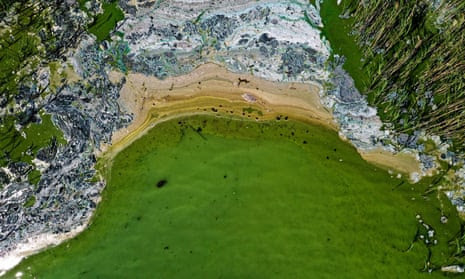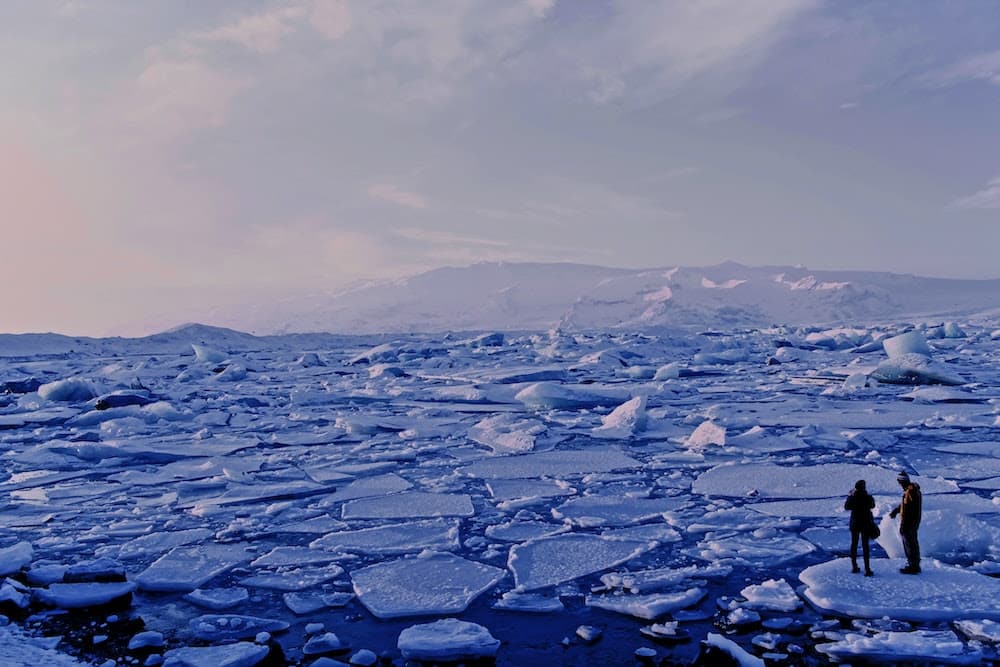
Climate forecasts predict the return of the El Niño phenomenon in 2024 and its power could have catastrophic effects. The Australian National Science Agency has decided to study the link between the intensity of El Niño and the rate of ice melt in Antarctica and believes that if El Niño succeeds in significantly reducing the strength of the winds blowing in Antarctica, it could cause significant melting of the ice and the ice cap.
After three years of El Niño, the planet is preparing to return to El Niño in spring 2023. This climatic phenomenon, when it occurs, has consequences on the weather of the affected regions of the world and results, depending on the region, either in drought or heavy rainfall and an overall increase in temperature.

For example, 2023 may be warmer than 2022 due to global warming combined with El Niño. As climate change affects the intensities of these two climate phenomena, some scientists suggest that a Super El Niño could take hold, similar to the exceptional longevity of El Niño, which usually lasts three consecutive years instead of one.
The Australian agency’s study, published in Nature Climate Change, shows that this heat phenomenon caused by El Niño over part of the Pacific Ocean leads to limited warming of surface waters at the South Pole but more significant warming of deep waters.
South of Antarctica, ocean waters are warmer at about two hundred meters depth than at the surface because of winds that push surface waters to the depths, and the intensity of El Niño will disrupt this upwelling when marine winds push surface water. El Niño’s impact on climate also affects the direction of winds and ocean currents.

Climate scientists fear that the intensity of El Niño in 2023 will cause a decrease in the strength of the winds around the Antarctic shelf, making it more difficult for warm water to rise from the depths to the surface. If this phenomenon occurs, it should accelerate the melting of the ice barrier and the ice cap, but conversely, slow down the melting of the surface ice pack. The most important ice, the one under the ocean surface, would melt faster and the ice on the surface would melt less quickly.




